Canine and Human Dirofilariosis in the Rostov Region (Southern Russia)
Epidemiological data on canine and human dirofilariosis in the Rostov Region (Southern Russia) are presented. Prevalence of Dirofilaria spp. infections in 795 autochthonous dogs, assessed by the Knott test, was 20.25%. The highest prevalence was found in Novocherkassk (38.3%) and Rostov-on-Don (18.5%), while prevalences were lower in other points of the region. Prevalence of D. repens was 44.7%, prevalence of D. immitis was 30.3%, and coinfections were observed in 25.0% of the dog population. A case finding study carried out during 9 years (2000–2009) revealed 131 cases of human dirofilariosis in the Rostov Region, 129 of subcutaneous dirofilariosis and 2 of pulmonary dirofilariosis. Seroprevalence among 317 healthy blood donors from the Rostov Region was 10.4%, while seroprevalence in policemen living in Rostov city and working in training dogs was 19%. These data show high infection rates of Dirofilaria spp. in both human and dog populations of Rostov, probably because of the existence of favorable conditions for the transmission in this region.
Introduction
Different Dirofilaria species are responsible for canine and feline dirofilariosis worldwide. These species can also be transmitted to humans causing zoonotic infections when they are bitten by culicid mosquitoes containing infective L3 larvae. D. immitis, with a cosmopolitan distribution, and D. repens, only reported in the Old World, are the main causative agents of animal and human dirofilariosis in Europe. In spite of dirofilariosis being endemic in the Mediterranean countries, it has been demonstrated a significant increase of cases in dogs from central and Northern European countries, attributed, among other factors, to the climatic change and the increase of pet travels. In fact, prediction models based on the use of Geographic Information System (GIS) and Remote Sensing (RS) indicate that suitable conditions for the transmission of dirofilariosis can be done, during a short period of time each year, in Northern European areas. Consistent with the changing conditions and the spreading of canine dirofilariosis in Europe, human cases are being detected with increasing frequency in nonendemic countries, or in countries where dirofilariosis was not previously known.
In Russia (or the former Soviet Union), the first cases of canine dirofilariosis caused by D. repens were found by Petropavlovsky (1904) in the Kharkov region (Ukraine), near the border of the Rostov Region, in the Bukhara region (Metelkin, 1927), and in the Rostov Region (Gurvich, 1929). D. immitis was reported for the first time by Gogel (1910) in dogs from the territory of Azerbaijan Republic. Later this species was also identified by Skryabin and Yakimov (1916) in Turkmenistan Republic, in the Far East Ussuri region by Petrov (1931), and in Abkhazia by Blazhin (1937). In addition to these scattered reports, there are some epidemiological studies that reveal a prevalence of D. repens in 30% of dogs from the Rostov Region and 11% in dog from other regions of the Russia but living in Rostov.
Less information exists about human dirofilariosis. The first cases of human dirofilariosis in the Rostov Region, caused by D. repens, were published by Savchenko. Two cases were autochthonous and other two cases were imported from other territories (Krasnodar city and Grozny, Chechnya). Artamonova reported other two cases, and by 1997 the number of human cases had increased to 23. Currently, dirofilariosis is considered an emerging disease in the Rostov Region, in accordance with the increasing frequency of the reports and the data revealed by a preliminary report.
The aim of this study was to determine the prevalence of canine dirofilariosis from different places of the Rostov Region and its dependence on the type of housing and management of the dogs. Moreover, we present epidemiological data on human dirofilariosis that suggest the close relationship between the human activity and the risk level of infection by Dirofilaria species.
Authors: Vladimir Kartashev, Irina Batashova, Sergey Kartashov, Alexey Ermakov, Anna Mironova, Yulia Kuleshova, Boris Ilyasov, Irina Kolodiy, Alexander Klyuchnikov, Elena Ryabikina, Marina Babicheva, Yulia Levchenko, Raisa Pavlova, Nicola Pantchev, Rodrigo Morchón, Fernando Simón
Source: https://onlinelibrary.wiley.com/



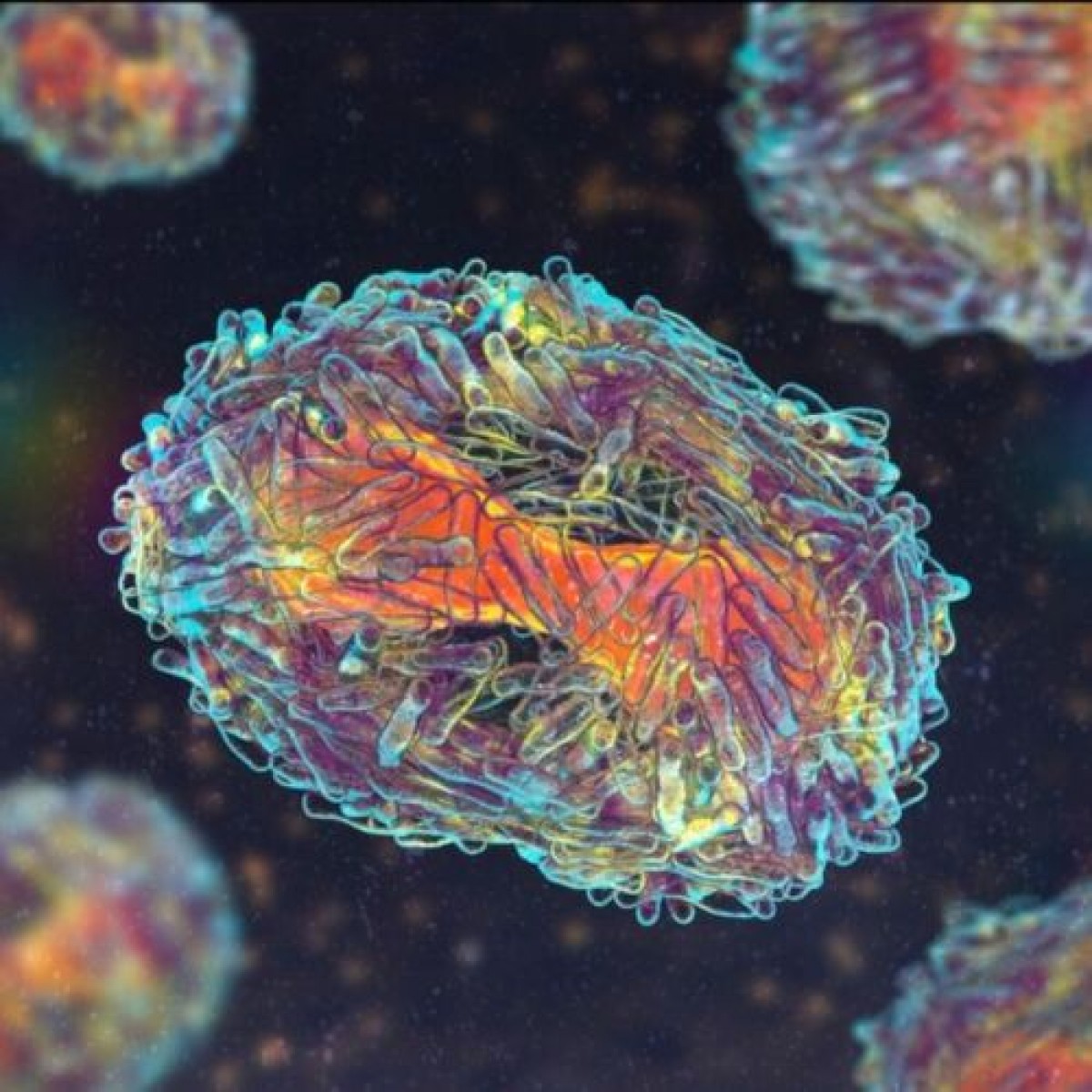
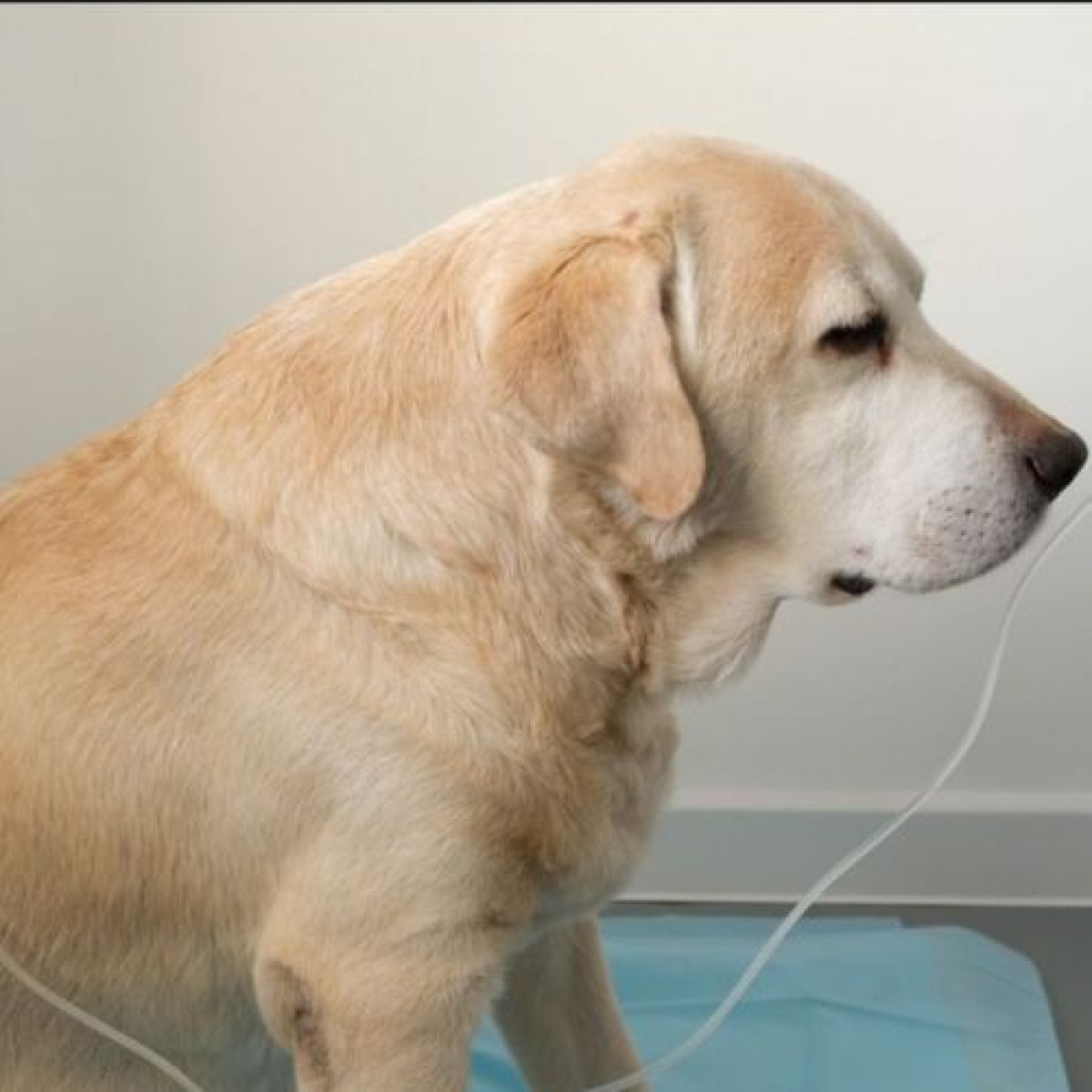

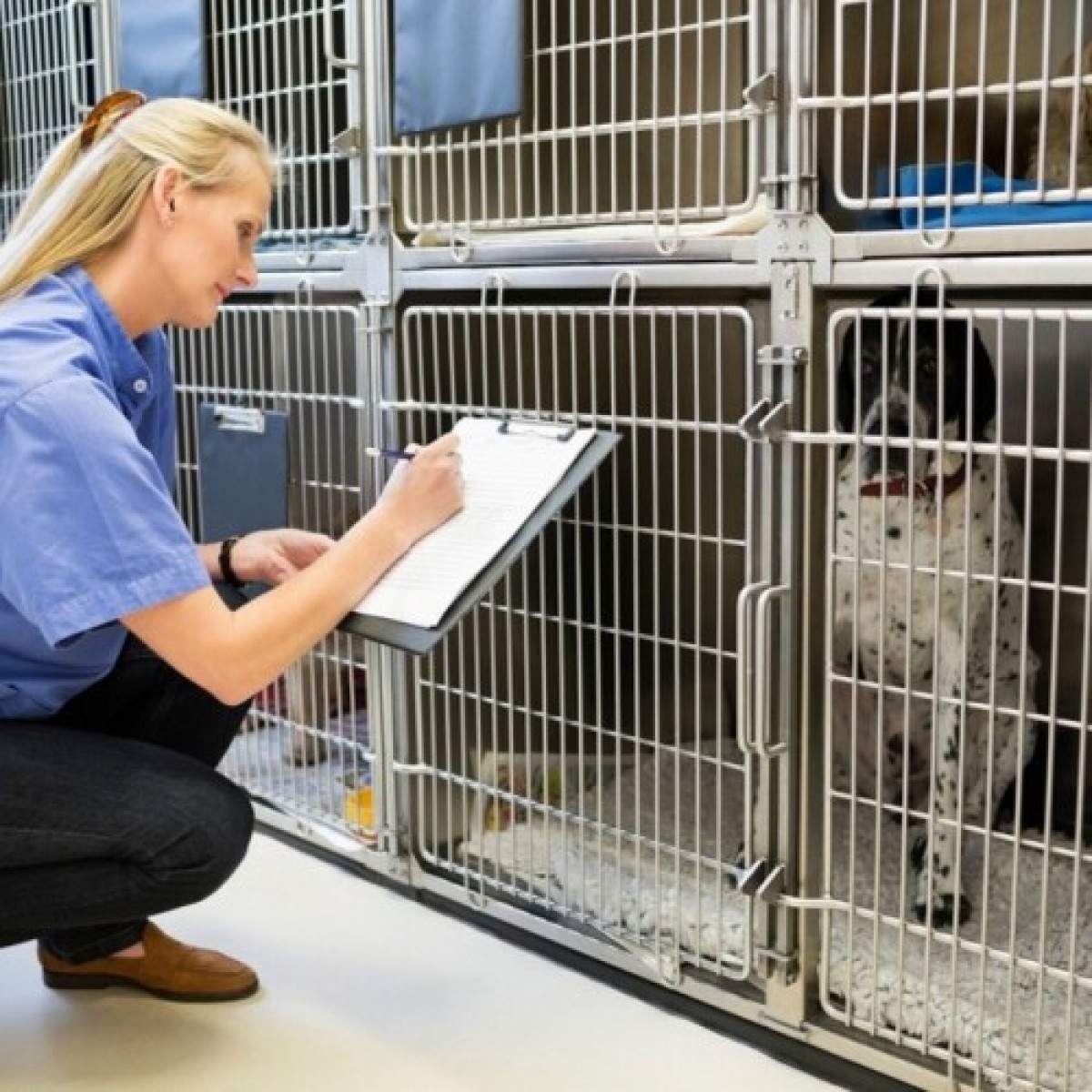



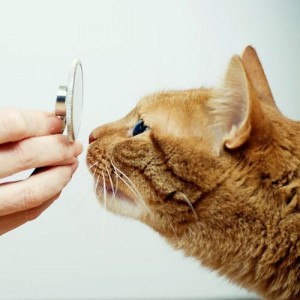
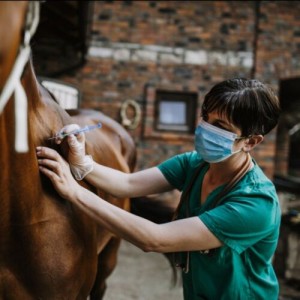
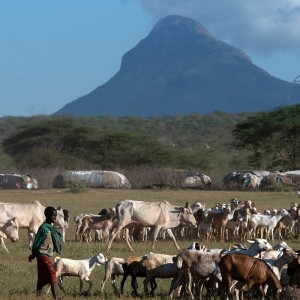

List
Add
Please enter a comment